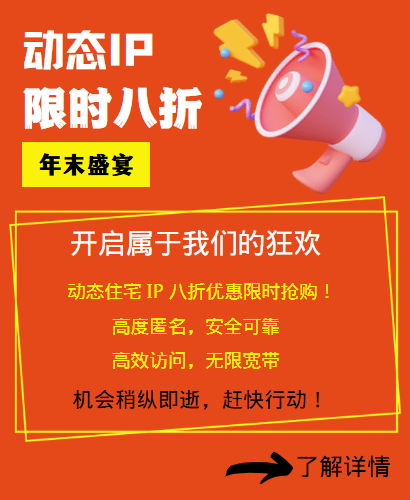I. Regional dilemma of Line private traffic operation
1.1 Analysis of Southeast Asian market characteristics
Line has a penetration rate of over 80% in Indonesia, Thailand, and Taiwan, but user behavior in different markets varies significantly:
- Indonesian users spend an average of 4.2 hours a day on the app, and prefer short videos and emoticons
- Thai users rely on KOC word-of-mouth for consumption decisions, and the opening rate of promotional information is as high as 65%
- The conversion rate of community operations for Taiwanese users is 3.8 times that of single chat
1.2 Technical barriers of regional restrictions
Line account risk control system identifies anomalies through a triple detection mechanism:
- IP address location identification (accurate to city level)
- Device fingerprint uniqueness verification (IMEI+AndroidID+MAC address)
- Behavior pattern anomaly detection (12 dimensions such as sliding trajectory and click interval)

II. Core Technology of User Behavior Modeling
2.1 Multi-dimensional Data Collection
By simulating different device parameters (operating system, screen resolution, browser type) and behavioral characteristics (typing speed, sliding distance), a user portrait model with 150+ features is constructed.
2.2 Regional attribute simulation technology
Use dynamic residential IP deployment strategy to break through regional restrictions:
- The anti-detection pass rate of residential IP is 85%-95%, significantly higher than the 30%-60% of data center IP
- Support automatic change of IP address every 15-30 minutes to simulate the access trajectory of real users
III. Practical methodology for precise reach
3.1 Multi-account matrix management
- Deploy account matrix by region:
- Indonesia group: Jakarta/Surabaya node
- Thailand group: Bangkok/Chiang Mai node
- Taiwan group: Taipei/Kaohsiung node
- Each account is bound to an independent virtual device environment (including GPS positioning simulation)
3.2 Content localization engine
- Dynamically select the best translation engine (response speed first)
- Automatically filter religious sensitive words (such as the Indonesian version hides "pork" related content)
3.3 Intelligent traffic scheduling system
- Real-time monitoring of key indicators:
- IP availability > 95%
- Page loading time < 3 seconds
- Task failure rate < 5%
- Dynamically adjust resource allocation according to local time (e.g., increase 50% IP resources at 8 pm in Indonesia)
IV. Risk control and compliance management
4.1 Legal risk avoidance
- Comply with data privacy laws in target regions (e.g., Indonesia’s PIPKI)
- Establish a data anonymization mechanism to delete the association between IP and user ID
4.2 Technical defense system
- AI abnormal behavior detection: Identify abnormal sliding trajectories (e.g., fast sliding above 1000px)
- IP reputation scoring system: Comprehensive response speed, failure rate and other 10 indicators to evaluate IP quality
Conclusion: Line’s cross-regional operation of private domain traffic has entered the technology-driven era. By building a three-in-one architecture of "user behavior modeling - dynamic residential IP - intelligent scheduling system", enterprises can not only break through geographical restrictions, but also achieve refined operations. It is recommended to establish an independent R&D team or choose to cooperate with a service provider with deep operation experience in Southeast Asia to maximize the value of Line's private domain traffic under the compliance framework.
Related Recommendations
- How stable is Socks5 static IP addresses?
- What issues should I pay attention to in the application of computer room agent network?
- Using IP Agents for Overseas Marketing: A Newcomer's Guide
- Network Proxy IP: Principles, Functions and Application Scenarios
- Impact of IP purity on business
- How to solve the network problem of cross-border office work?
- Multi-scenario proxy IP: Meet your various network needs
- The important role of residential agent IP in questionnaire surveys
- Taking stock of overseas advertising verification tools: optimizing advertising effectiveness
- What should overseas IP agents pay attention to when conducting email marketing?

